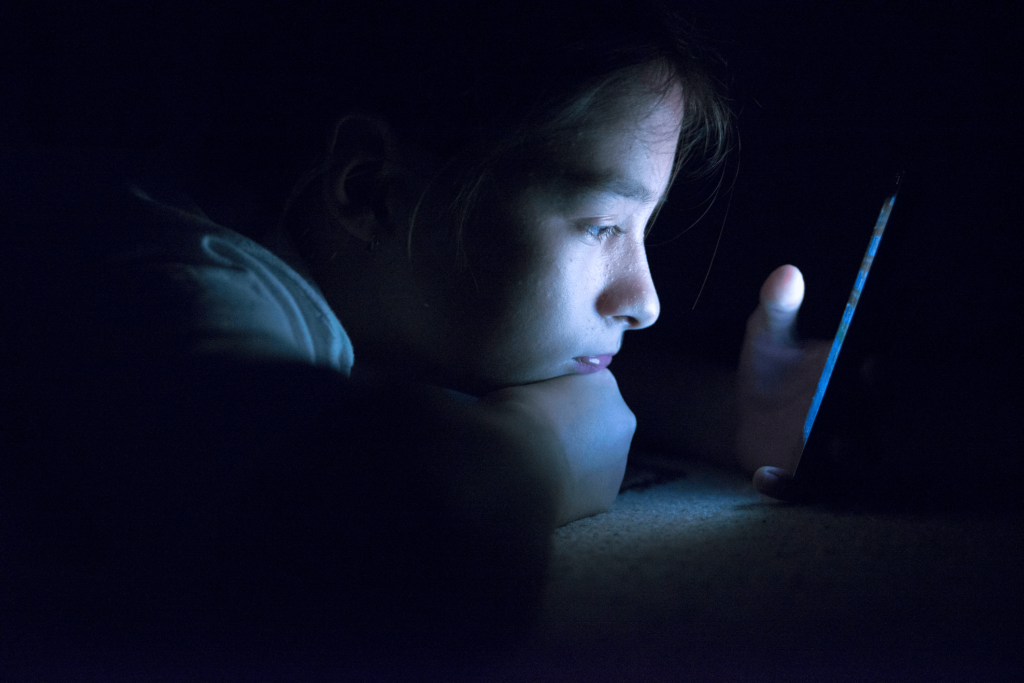
The last nine months have underlined the stark inequalities that underpin our education system but also the remarkable resolve of teachers. Lockdowns and burst bubbles have required schools to ‘go online’ repeatedly in an effort to ensure students maintain access to a meaningful education.
Unfortunately, in spite of these efforts, the data paints a damning picture, with disadvantaged young people often struggling to access remote learning during the pandemic.
As term comes to a close, we must think hard about how to address the ‘digital divide’ that has hampered the provision of education in adversity. In doing so schools, government and tech companies must ensure they support teachers to foster a more productive, workload-reducing relationship with technology.
Inequality at multiple levels
Last week, The Centre for Education and Youth (CfEY) and Microsoft released ‘Closing the Achievement Gap in the Connected Classroom’, which exposes the scale of the ‘digital divide’ whereby pupils in some schools have far greater access to digital technologies compare to others.
This reinforces the inequalities set out by The Sutton Trust which found that poorer parents, who sometimes work multiple jobs and have limited work flexibility, were unable to spend as much time supervising their children’s studies. These inequalities must be understood and urgently addressed.